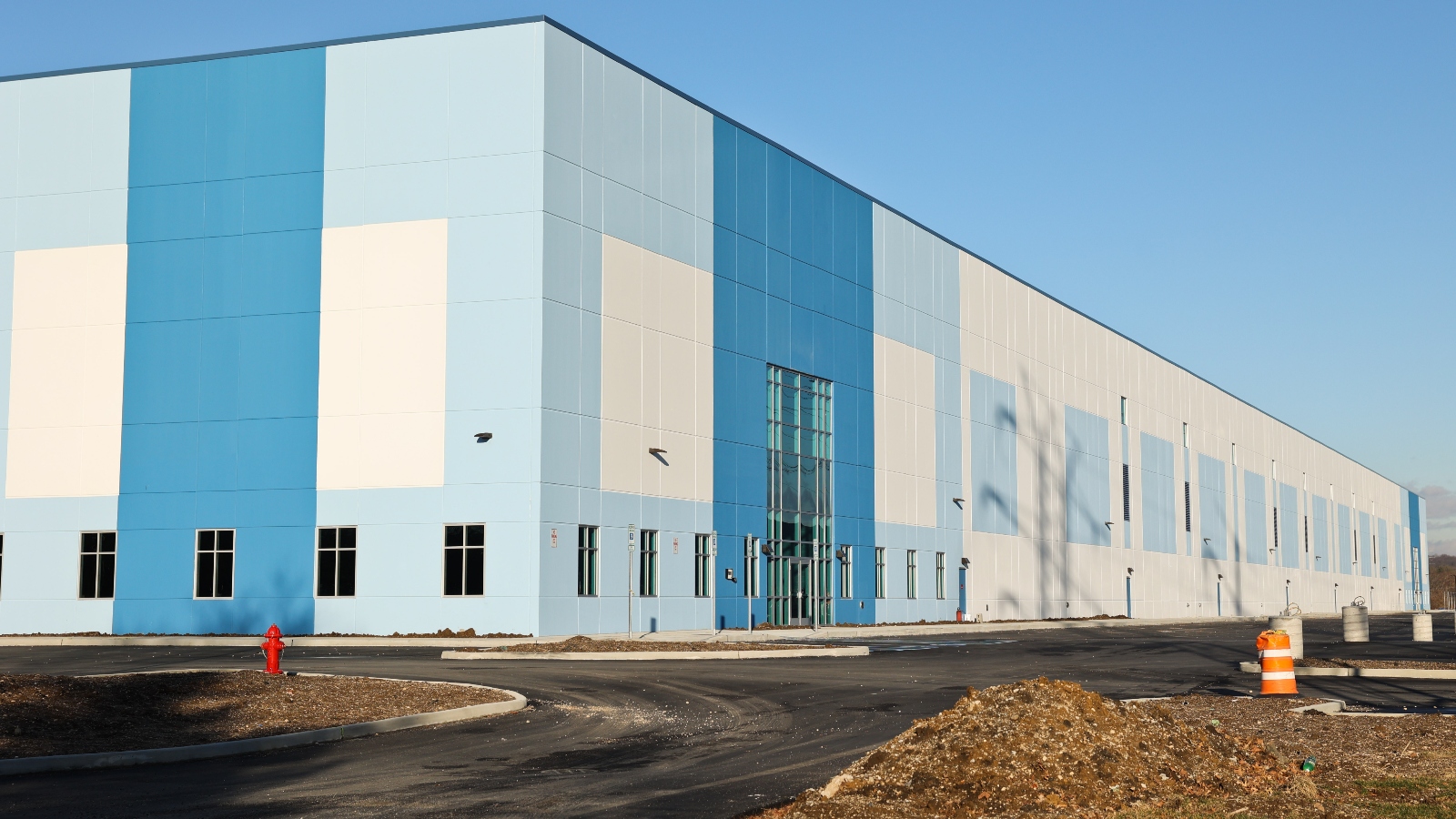This story was originally published by LA Public Press, an independent, non-profit newsroom advocating for a better Los Angeles. Support their work here.
In 1999, Pomona resident Joe Hinojos knocked on doors in southeastern Pomona, organizing neighbors against a wood products facility that dirtied the air and left sawdust in backyards.
For years, residents of the Southern California city’s industrial zone pushed back against the growing number of waste facilities near residences in a mostly Latino neighborhood. These efforts came to a head with the city council’s 2012 approval of a controversial waste transfer station.
The decision launched a wave of activism in Pomona. Two environmental justice groups, Clean and Green Pomona and United Voices of Pomona for Environmental Justice (co-founded by Hinojos’s daughter Linda), launched in 2012. Two years later, the groups successfully advocated for a ban on new waste and recycling facilities.
But the underlying zoning that allows industrial uses near homes remained, and online shopping upped the demand for warehouses and air-polluting diesel trucks. The same groups that fought waste facilities a decade ago are now fighting another pollution source in the same neighborhood.
But after 75 years, the city of Pomona is finally on track to make major changes to its zoning code this year for the first time since its initial creation back in 1949. The new zoning code is expected to be finalized around April.
“A lot of facilities that our communities haven’t wanted have ended up in our city, and there wasn’t the zoning or accountability to stop that. While we’ve done various initiatives to try to reduce pollution, the zoning of how things are baked into the foundations of the city is quite important,” said Lisa Engdahl, president of the board at Clean and Green Pomona.
Read Next

How does zoning work?
Across Southern California, each community’s zoning code — a labyrinthine, technical, and detailed set of rules determining factors like how far a home can be set back from the street, or which areas are appropriate for warehouses and which are better suited for residences — underlies the way neighborhoods look and feel. Zoning and land-use decisions are also at the foundation of many environmental justice issues, as they determine how close polluting facilities can be to homes and schools and often disproportionately place pollution in low-income communities of color.
In Pomona, pollution disproportionately impacts the mostly Latino neighborhood in the city’s industrial zone. The southeastern corner of Pomona, where warehouses have proliferated in recent years, is one of California’s most polluted neighborhoods. As of 2018, the neighborhood fell within the 92nd percentile of areas in California with the highest pollution burdens, meaning only 8 percent of areas in the state experienced a higher pollution burden. Every day, around 8,000 trucks travel to and from Pomona’s 125 warehouses, emitting pounds and pounds of greenhouse gasses and particulate matter, which are linked to respiratory issues and other health problems.
Like many other cities, Pomona’s development was shaped by discriminatory redlining practices of the 1930s. Redlined zones, mostly communities of color, were considered “risky,” while white communities were deemed suitable for investment.
Read Next

Pomona’s first – and current – zoning map is from 1949
Pomona adopted its first zoning map in 1949 when these practices were more common, and that map has persisted for almost 75 years, still shaping today’s health disparities. Reservoir Street, which now borders the industrial zone, was described in 1939 redlining maps as in “decline” and “largely owned by the low-income labor class.”
“The fact that it took so long to update the zoning code definitely reflects professional malpractice in the past, that critical updates that affect community health have not happened,” Engdahl said.
When the code was adopted, multifamily housing was intentionally placed next to industrial zones to protect single-family neighborhoods. But since single-family homes then contained deed restrictions that kept nonwhite families from purchasing them, this meant communities of color were intentionally placed near industrial sites, a division that continues today. Over 90 percent of Pomona’s Hispanic population lives within industrial zones or high-density zones in close proximity to major highways, while the majority of the city’s white population lives away from the industrial zones.
“Systemic discrimination is still rampant in the city of Pomona based on the condition of our streets, our houses, and our environment,” said Nora Garcia, a city councilmember representing southeast Pomona. “There’s no doubt in my mind that having such an outdated zoning code has helped things persist. But I’m also cynical enough to believe that it’s also been old prejudices towards communities like mine.”
Today, 67-year-old Hinojos still lives on Phillips Boulevard, where his home of 40 years is technically a “non-conforming” use that doesn’t match the area’s industrial zoning. It’s one of many such homes in this zone, which is home to over 17,500 residents. After decades of living in this polluted neighborhood, Hinojos needed a double lung transplant two years ago.
“What is our health worth? What’s the dollar value of a life that is worth the effort to make them clean up this pollution? My insurance was billed $1.7 million for my operation, so my life so far is worth $1.7 million,” he said.
“Historically, this has been Pomona’s reputation,” said Linda Hinojos while driving past warehouses and scrap yards in the industrial zone. “But we’re changing that now…. We have a different vision now for what we want the city to be.”
The zoning code update, one of several measures currently underway to address structural racism in Pomona’s land use policies, is one way that the city is trying to reach that vision.
There are currently no specific regulations or standards for large warehouses and other logistics facilities in Pomona’s zoning code, which hasn’t been comprehensively updated since 1949. The city’s current zoning code has just one manufacturing zoning definition, which allows for a wide variety of manufacturing and industrial uses. Without more specific definitions of what’s allowed, city staff interpret whether each business application fits in with the zoning. And while the old zoning code only provided an allowed “use,” such as warehouses as a use in the industrial zone, the new zoning code would further define what’s allowed in certain areas by other categories like building size and function. “Warehouses” will no longer be a use, but instead will be a “type” of building, which recognizes that a warehouse can serve a variety of uses, such as a brewery or a fulfillment center, according to Ata Khan, planning manager with the city.
According to Engdahl, the current zoning has also made it difficult to hold companies accountable because many facilities are under their own conditional use permit with their own rules. “When you don’t have consistent zoning, you don’t know which rules have been agreed upon with that particular facility, […] how well thought through those rules were, and how consistent may depend on who is in leadership at that time and planning conditions in the city,” said Engdahl.
Read Next

A moratorium on warehouses in Pomona
Environmental justice groups pushed for and won a moratorium on new large warehouses and trucking facilities in July 2022, which the Pomona City Council voted to extend several times. The warehouse moratorium was also linked to the zoning code update, with the moratorium intended to keep new large warehouses from getting approved under the 1949 zoning code while staff worked on new and more relevant regulations for the logistics industry of 2023.
But in early December 2023, the city council voted to allow the moratorium to lapse, ending the long-running but ultimately temporary measure. The city council failed to get the necessary six out of seven votes in support of an extension during a December 4 meeting. Vice Mayor Elizabeth Ontiveros-Cole and Councilmember Robert Torres both voted against the extension following some pushback from industry representatives, despite a majority of public comments in support of the extension.
That means that starting January 1, 2024, Pomona’s zoning surrounding warehouses again went back in time to 1949, and will remain there until the city finalizes the zoning code this spring. The typical timeline for approving permits to build new warehouses means it is unlikely that developers could submit an application in January and get approved before the zoning code is updated, Khan said at the December meeting. But the city frequently receives applications for licenses on existing properties, which could be repurposed into logistics facilities.
“For the last two years, about once a week, our division regrets clearing a license for something where somebody thought they were going to do something and they ended up doing something else,” Khan told the city council on December 4. “Folks put e-commerce on one line on a business license, there’s no description, and we have nothing to hold them to. I might come back to that property in two months, and it’s filled with a hundred trailers, and we don’t have any code to stop that.”
This story was supported with grant funding from the Los Angeles Press Club.
>>> Read full article>>>
Copyright for syndicated content belongs to the linked Source : Grist – https://grist.org/buildings/why-one-southern-california-city-is-updating-its-zoning-code-after-decades-of-environmental-issues/































